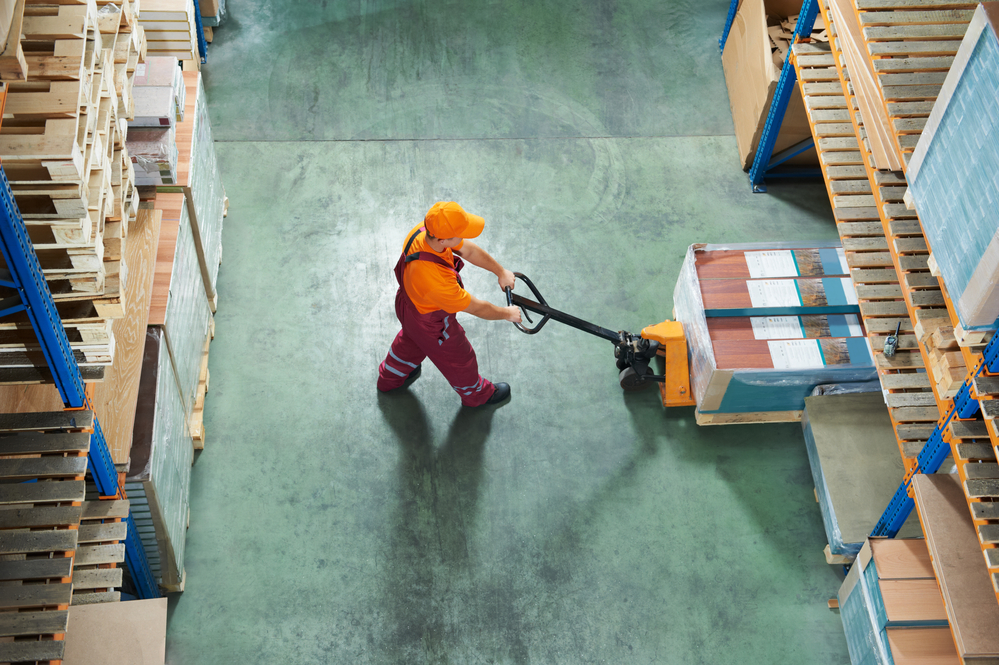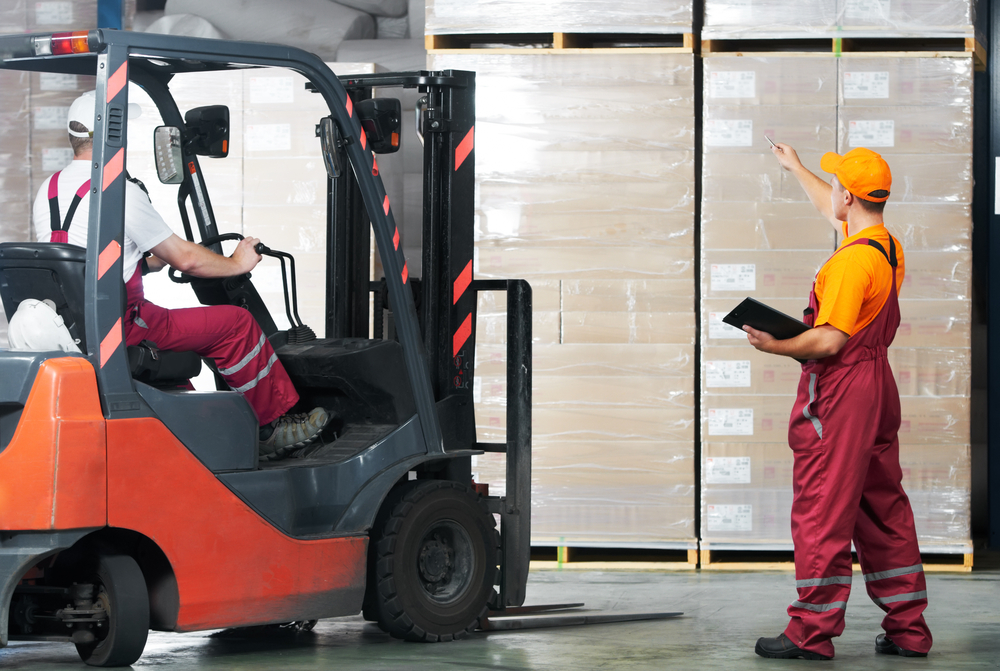I will never forget when one of the neighborhood kids came around to my backyard patio while I was tending to my container garden. He was a sweet kid but what came out of his mouth next made me question so much of what young people are learning these days. As I picked my tomatoes to bring them in for our lunch he exclaimed, “EWWW!”
I asked why he was so disgusted by my vine-ripened tomatoes and his answer was, “that’s gross you’re supposed to get your tomatoes from the store.” This my friends is one of the reasons why Western Packaging thinks it is extremely important that we teach our kids about agriculture.
Exposure To The Unknown
Most American kids are not exposed to the world of farming, many come from urban or suburban areas of the country and it is not necessarily any fault of their own. Unless we share our knowledge they will continue to think that tomatoes are grown at the grocery store.
Although grocery stores are great ways for farmers to share their product with the world we are doing the next generation a disservice if this is what we pass down. From about toddler age children can begin to learn about where their food comes from. Whether it is planting a bean, reading books, or taking a field trip to the farm, children can learn to not only appreciate their food but the hands that labored to bring it to their tables.
Children Genuinely Want To Know
Children are so inquisitive and they love to learn new facts and they love to share those facts with others. Children also like taking charge, so when they get the opportunity to take charge you have them hooked.
You can offer kids these opportunities by teaching them where their food comes from and gifting them the power to grow their own on a smaller scale. Giving them the knowledge and the tools to contribute to their families at a young age no matter how small the contribution is huge to them.
In today’s world of technology and information, kids have a lot at their fingertips and I believe they truly do want to make a difference in the world. Working with communities, especially those unfamiliar with farming towns are worth investing in and creating initiatives. These would not only create more informed citizens but possible future farmers.
Future Farmers and Influencers
If your only view of farming is Old McDonald than you are probably not going to choose that as a career. That is why with exposure and education our kids can make informed decisions about what they want to do with their lives. Farming is more than a man with a duck, a cow, and a nice pair of overalls and the kids need to know that.
Farming is not only a great career but it is rewarding and one that is on the decline. We need our young people to use new and advanced techniques combined with the ones of old to continue these traditions.
A degree in agriculture not only allows you to work in farming but in food production, plant genetics, animal nutrition, and so much more. Caring about farming also means caring enough about the next generation no matter how far removed they are from your community to pass down the information.
Call Us For More Information
Western Packaging is passionate about the agricultural business and that is why we offer all the materials you need to keep your business up and running. Give us a call today!


